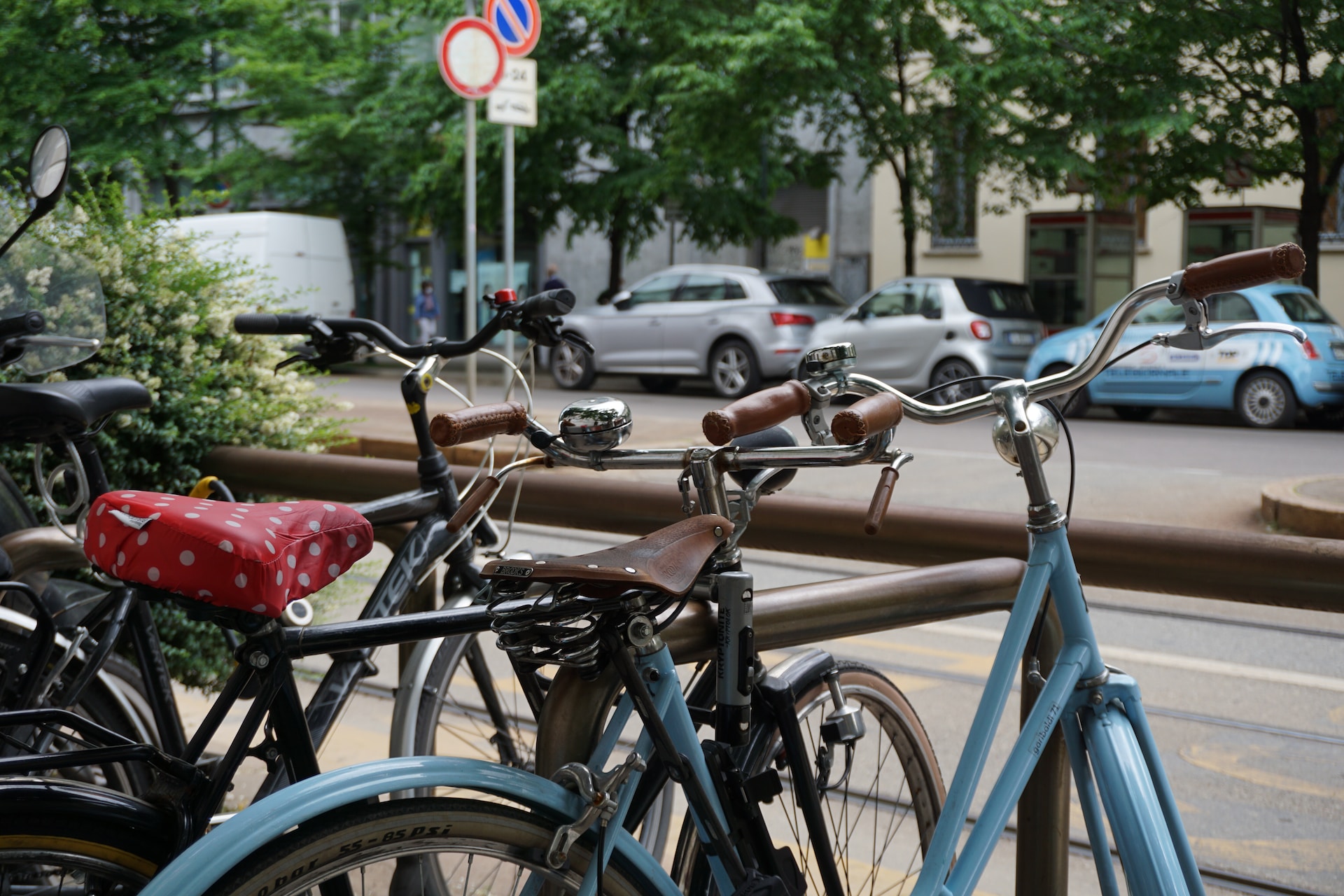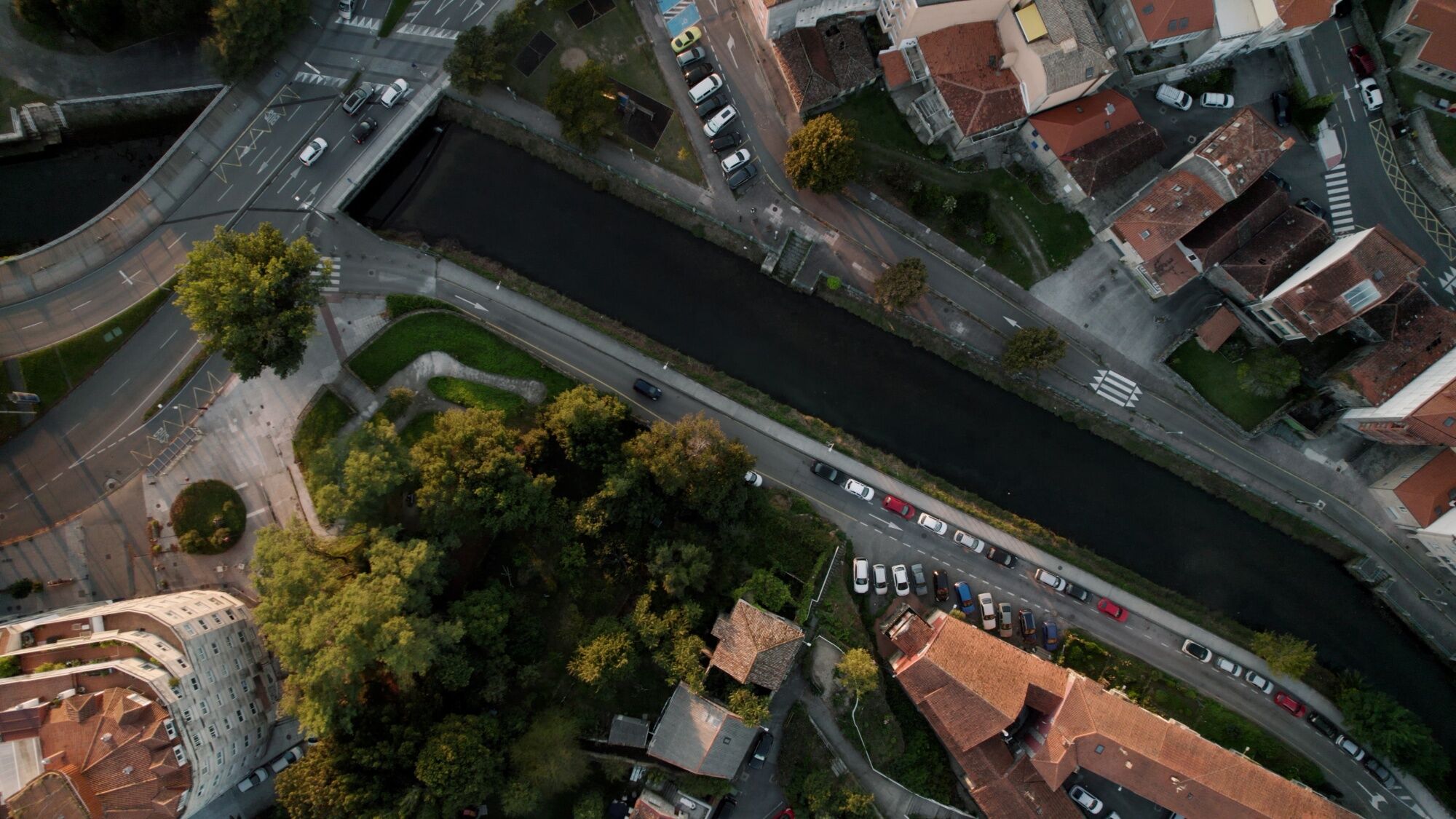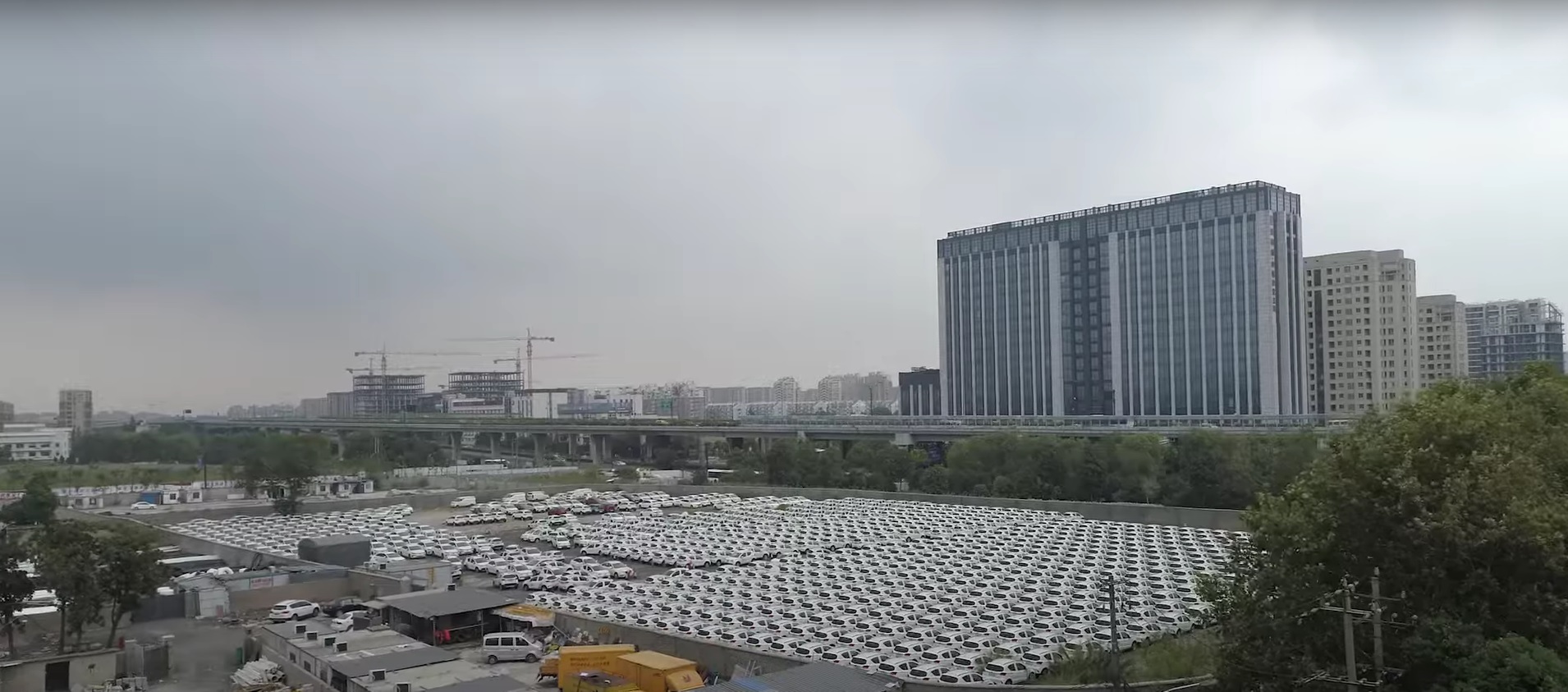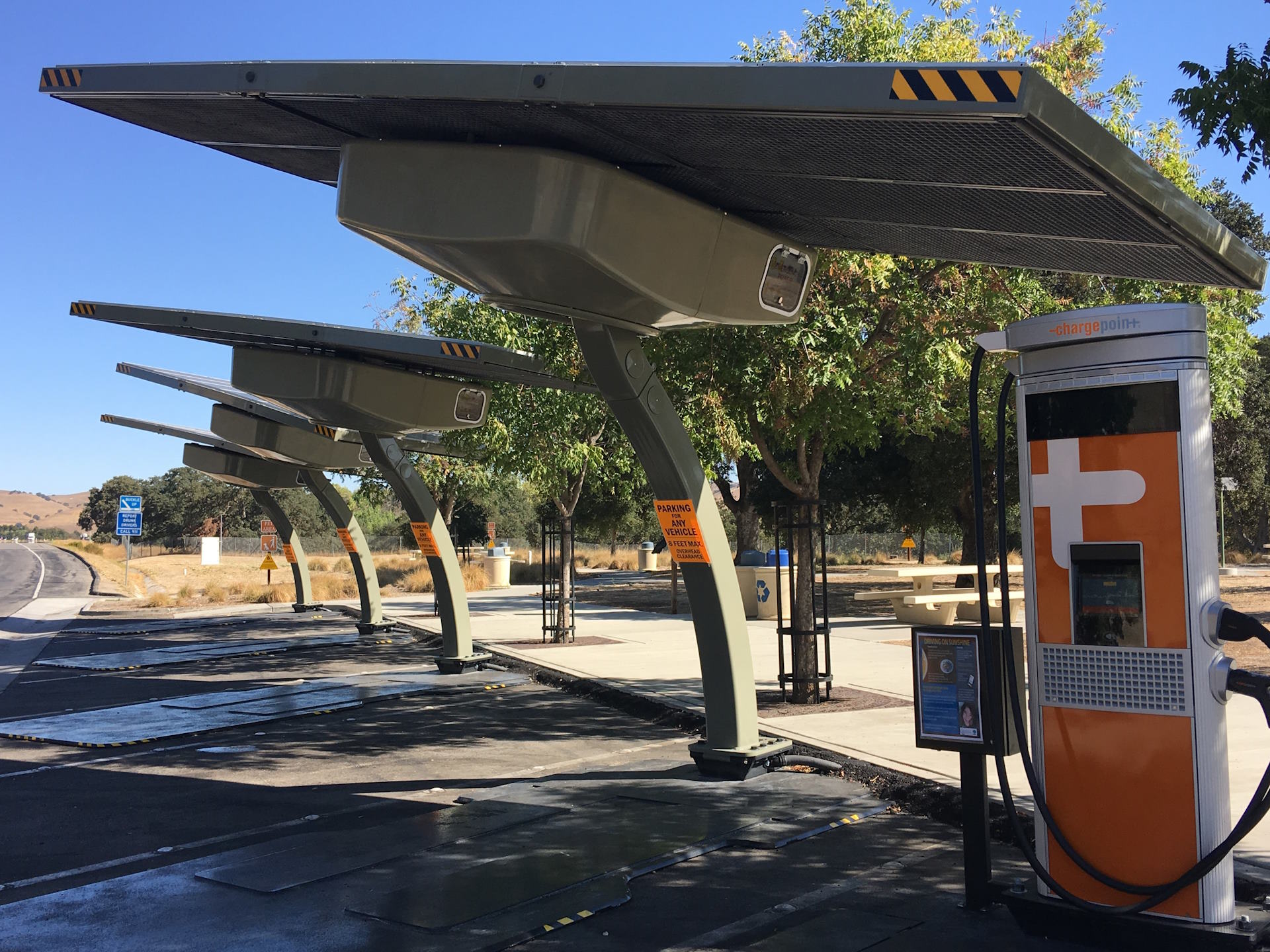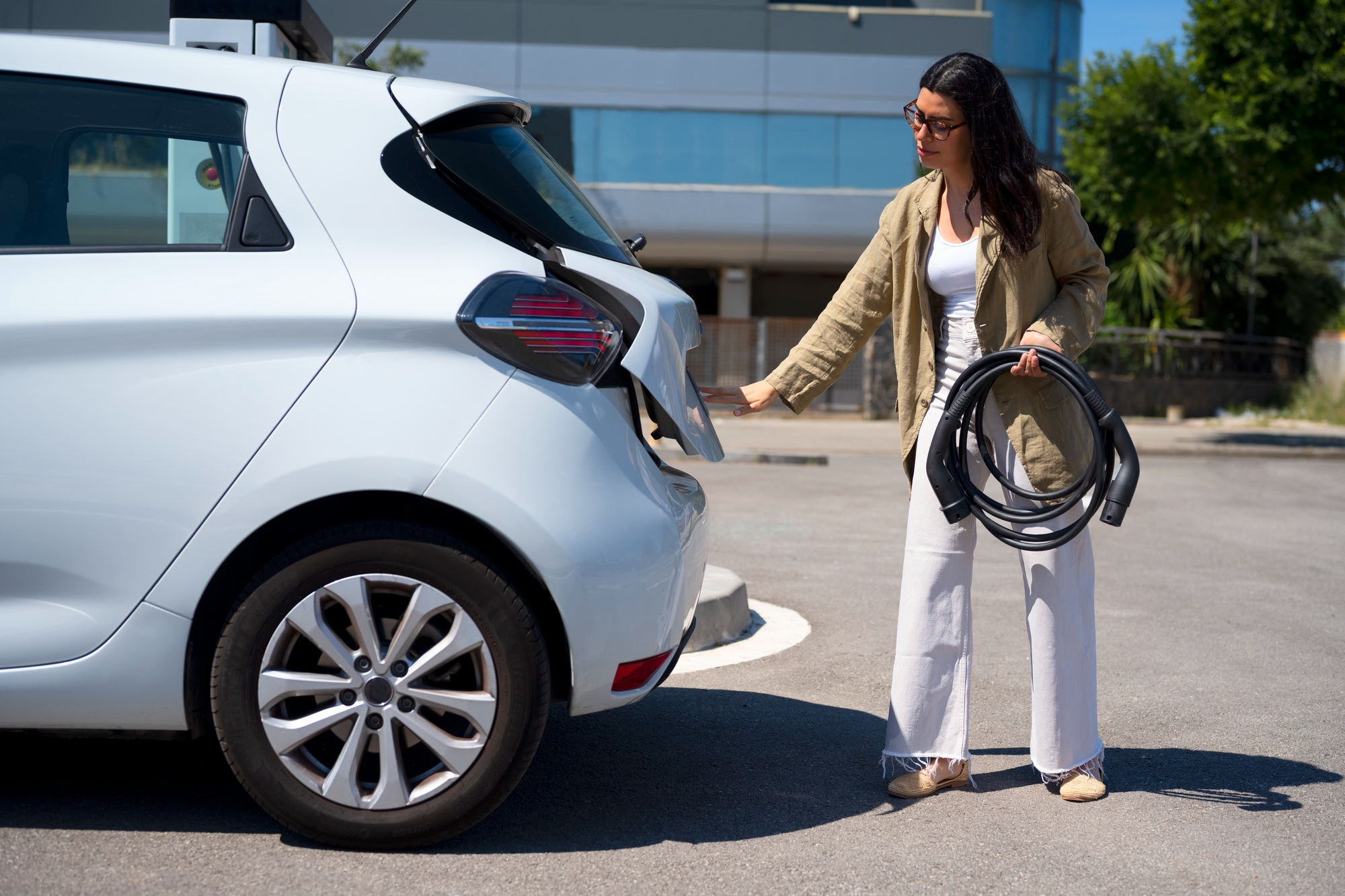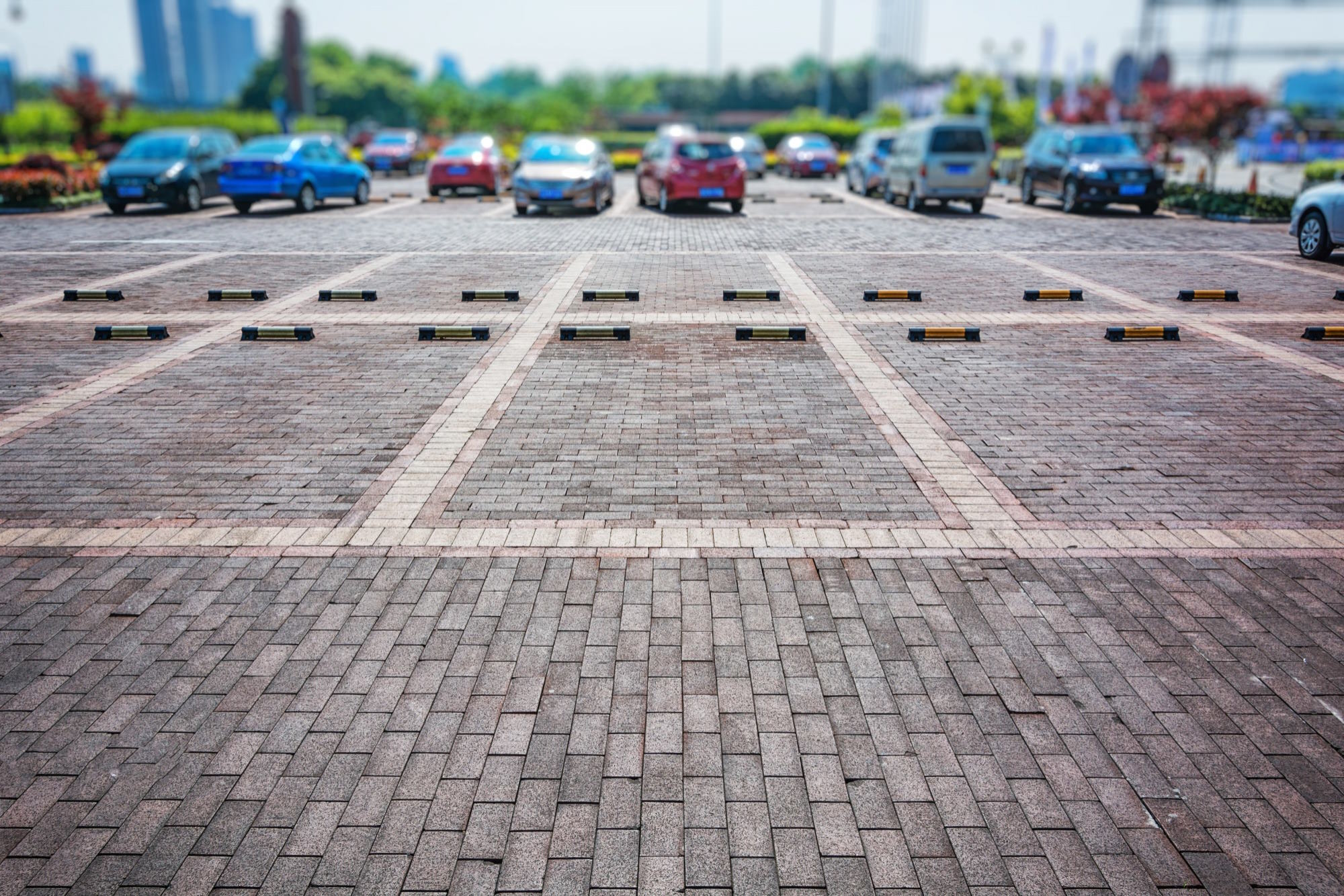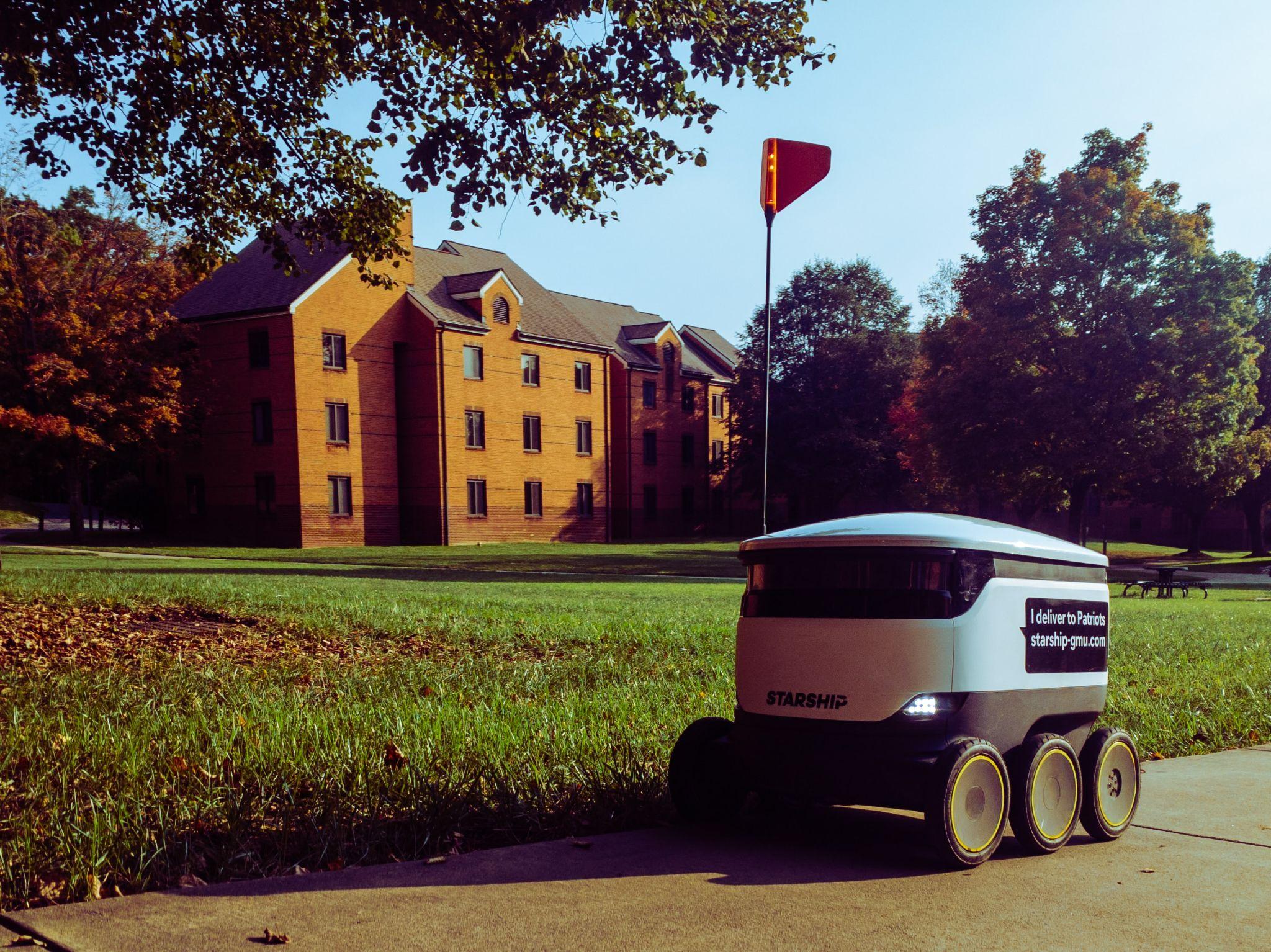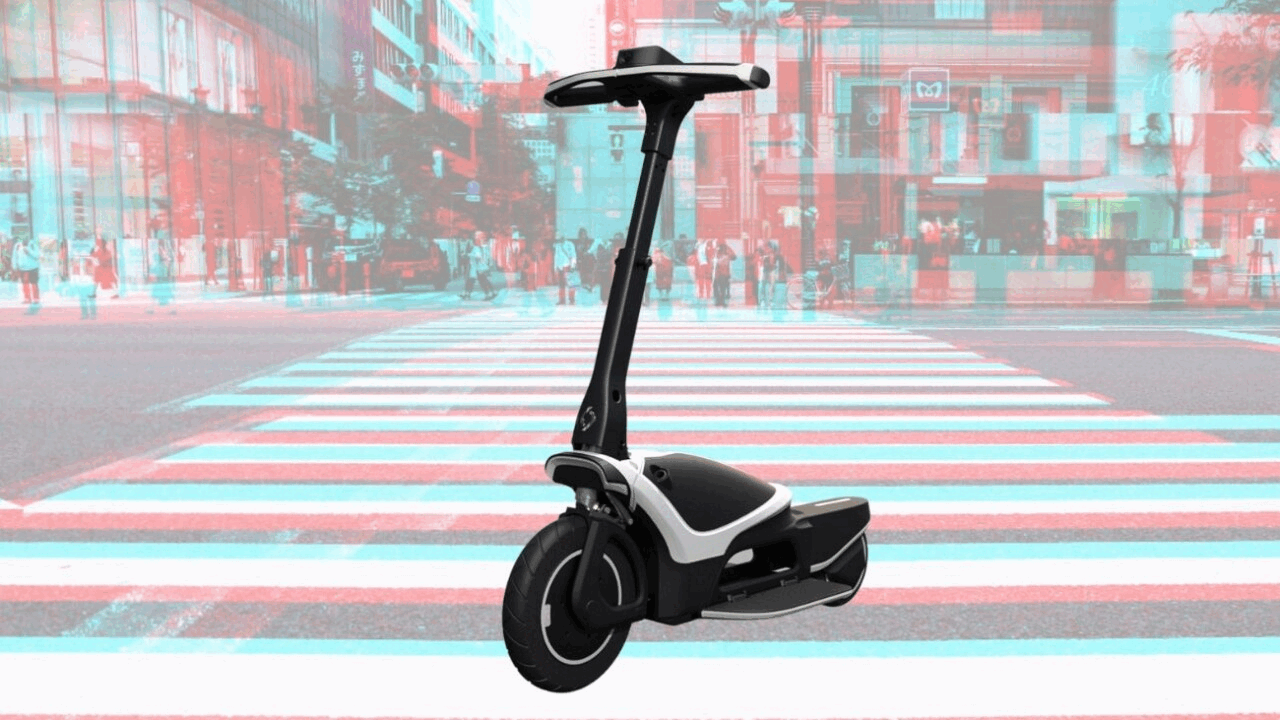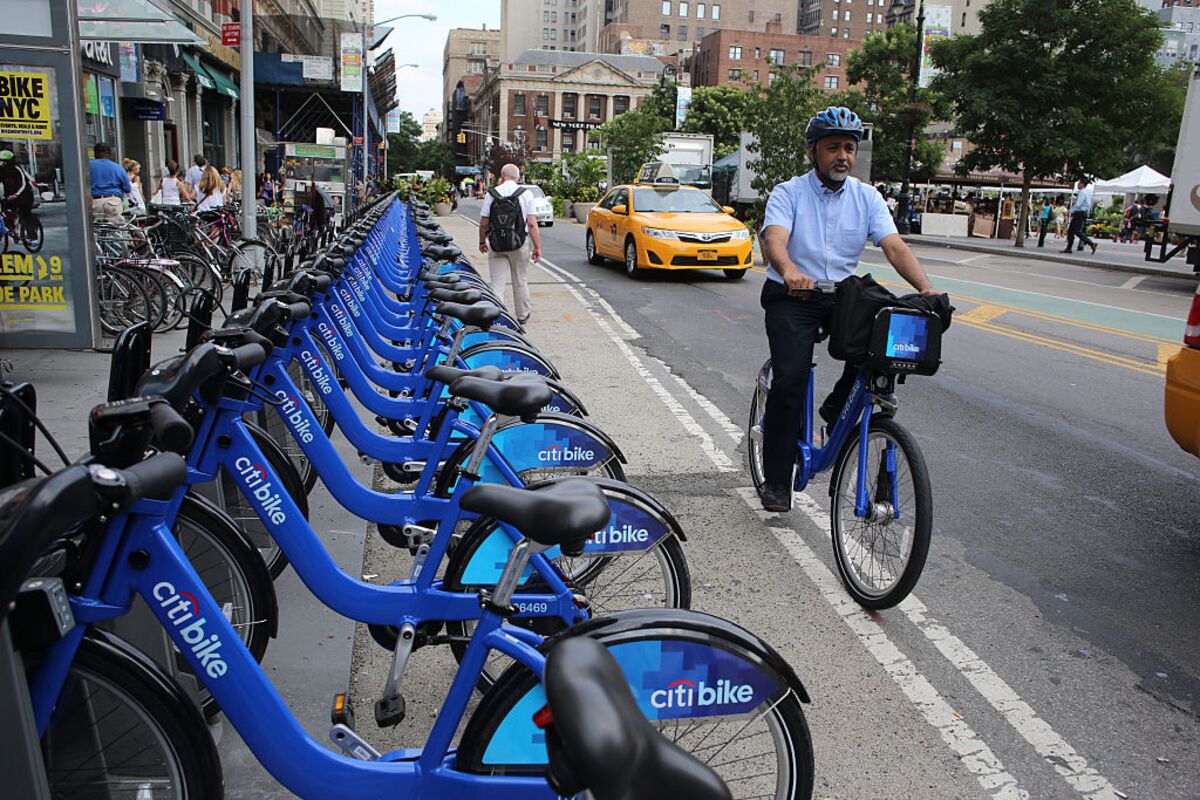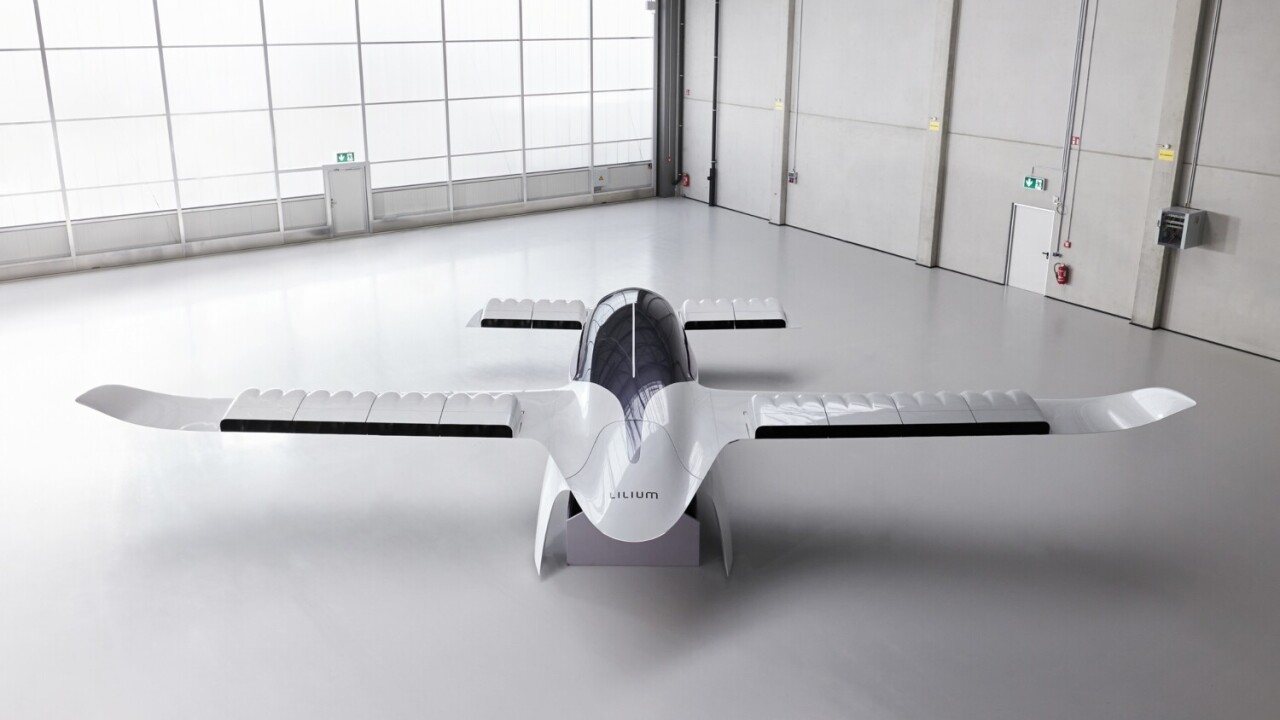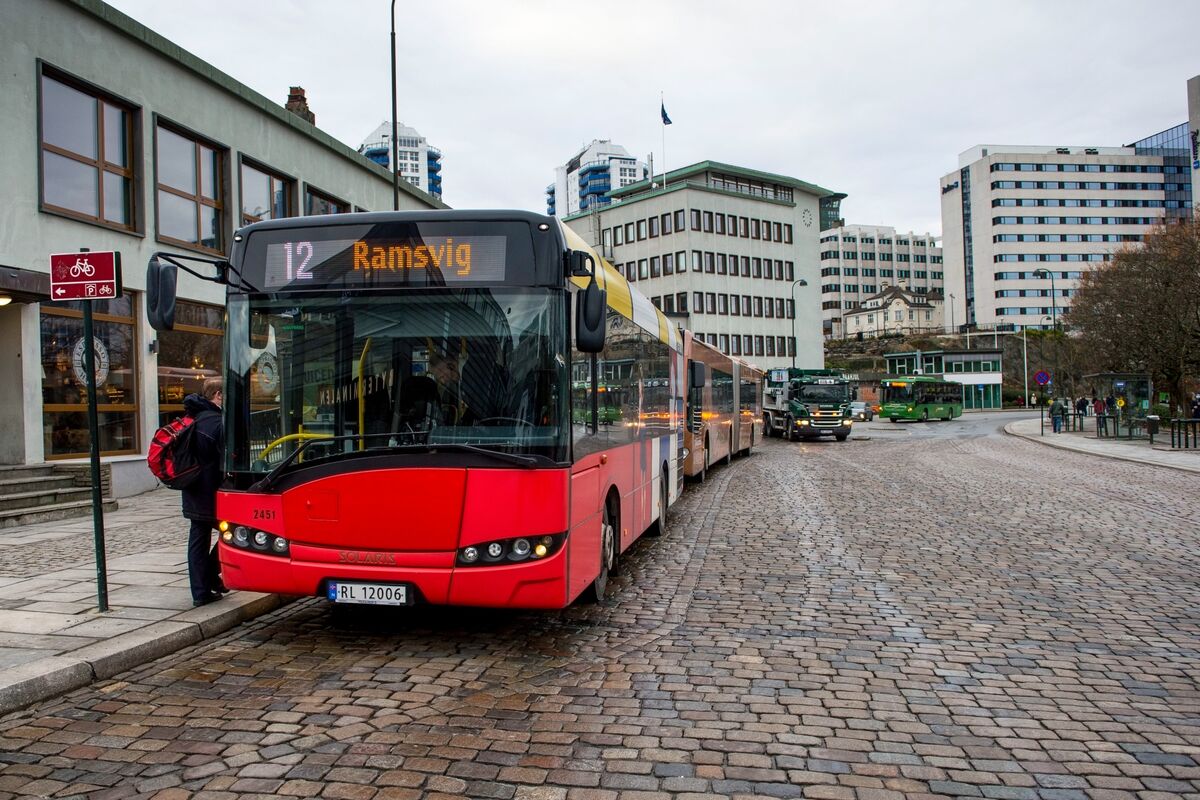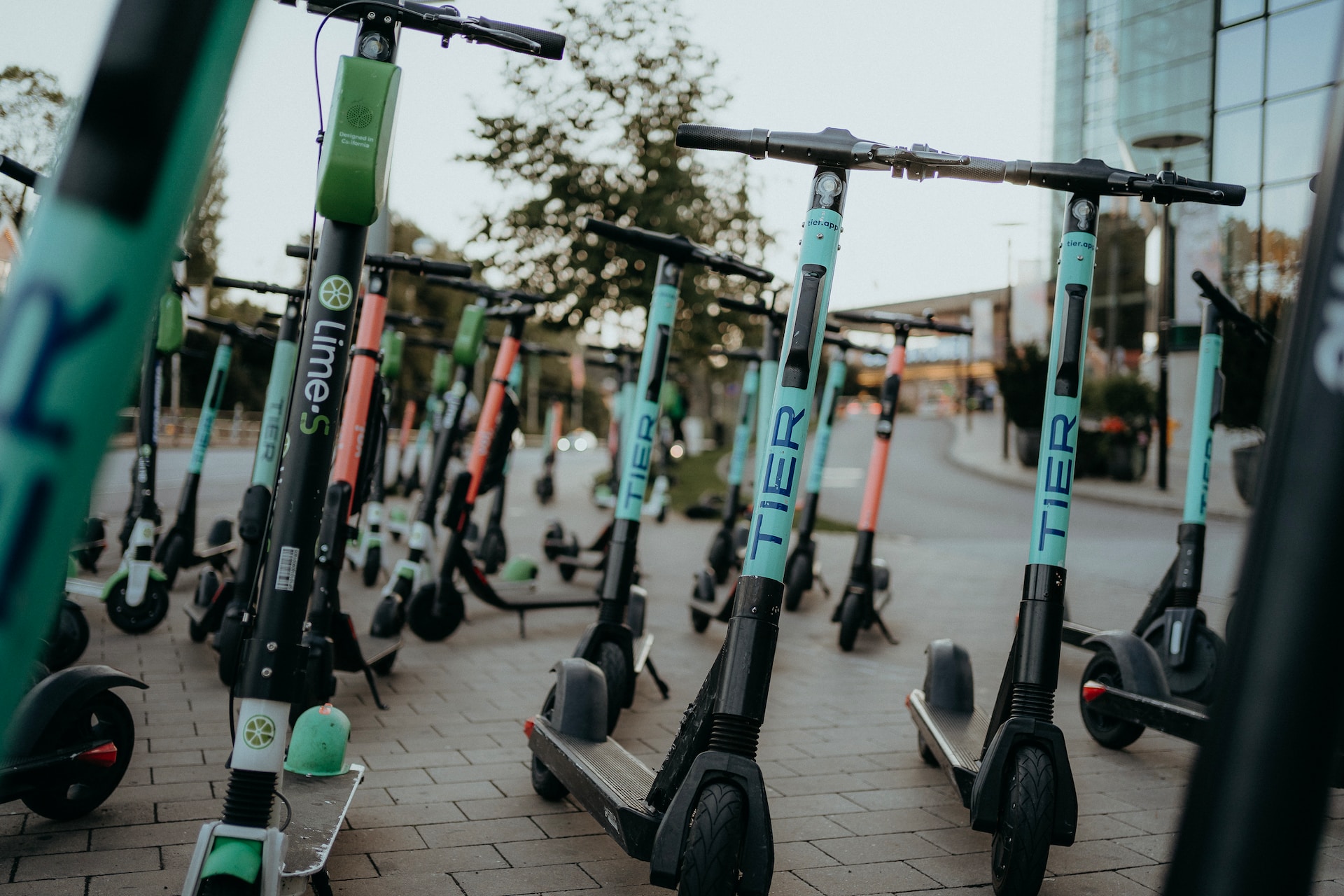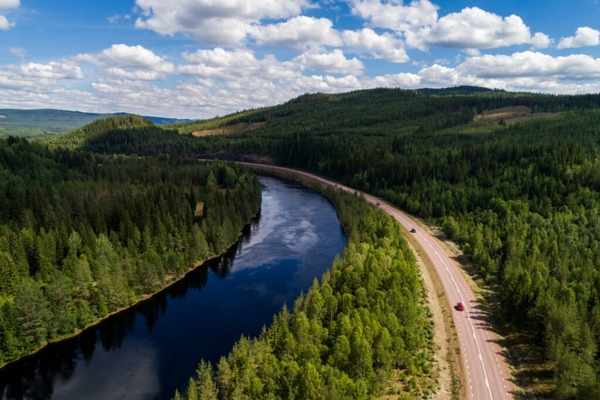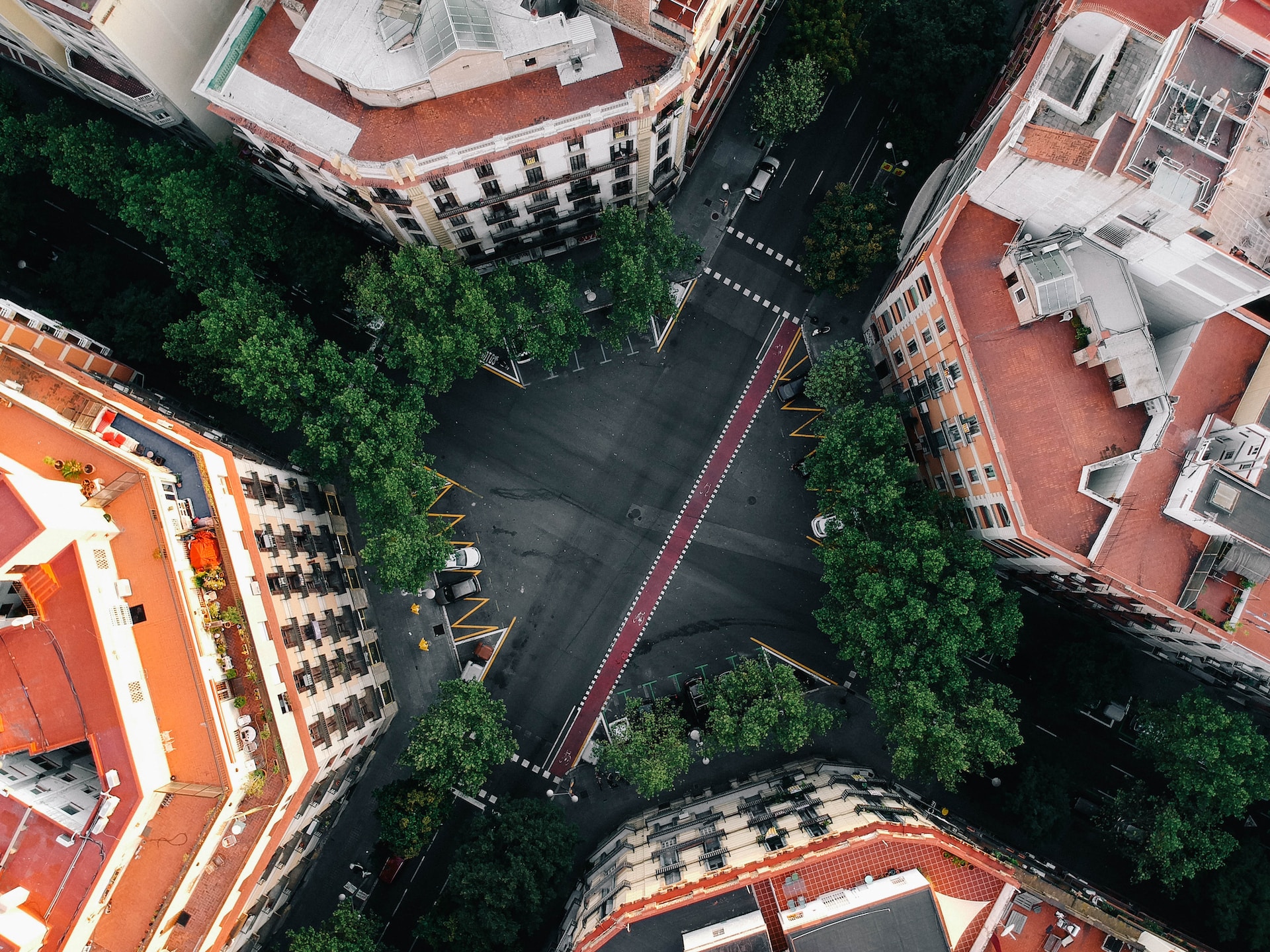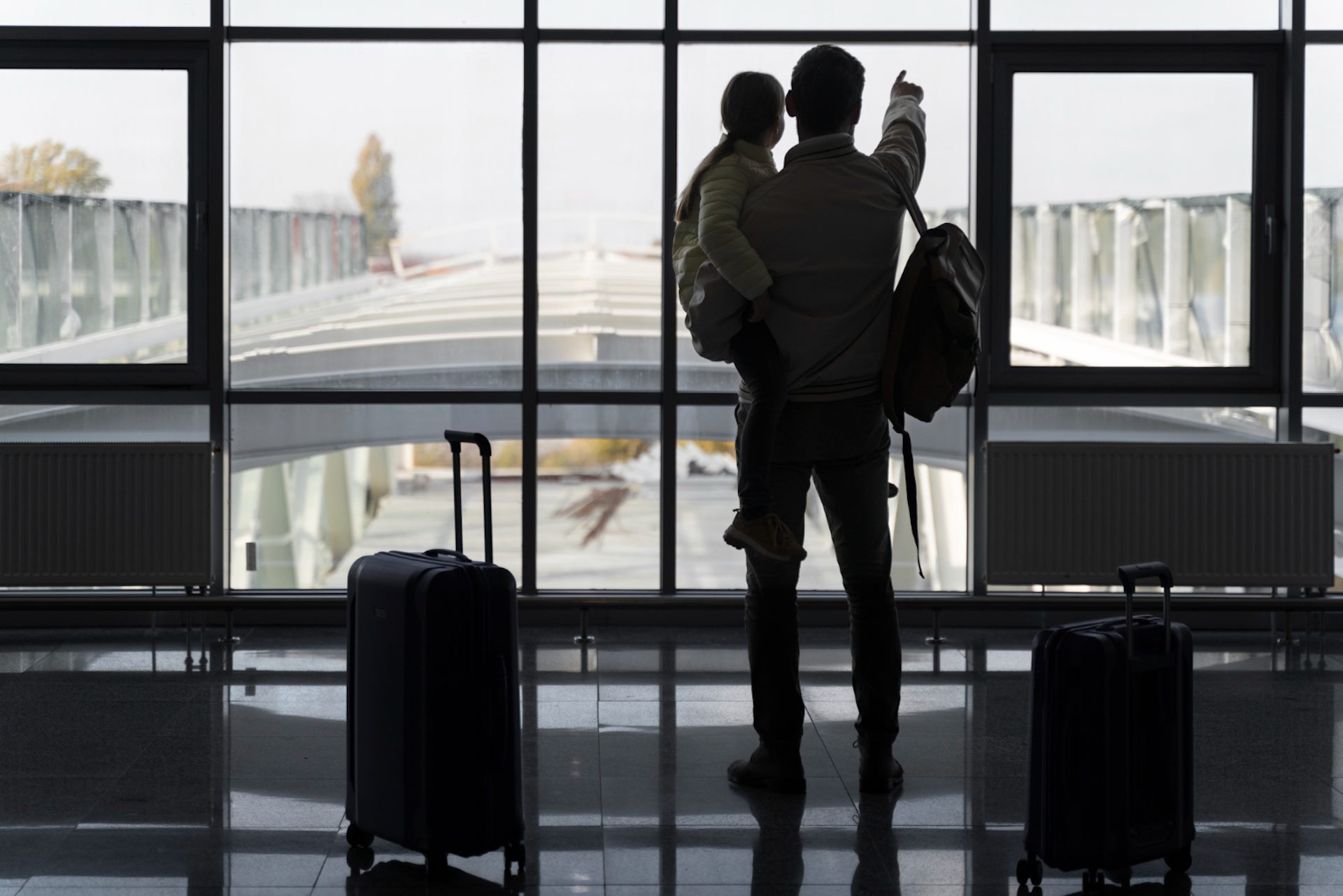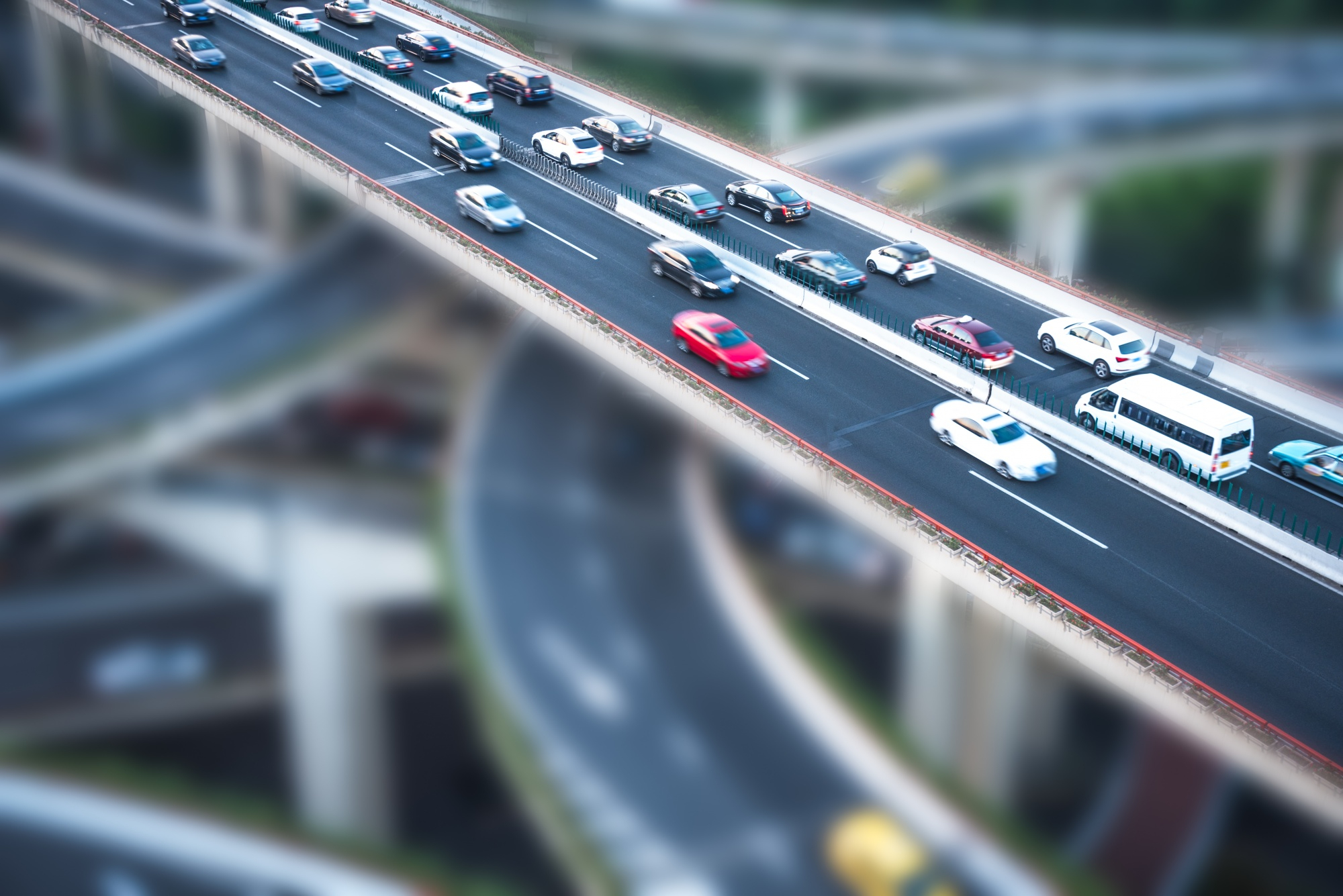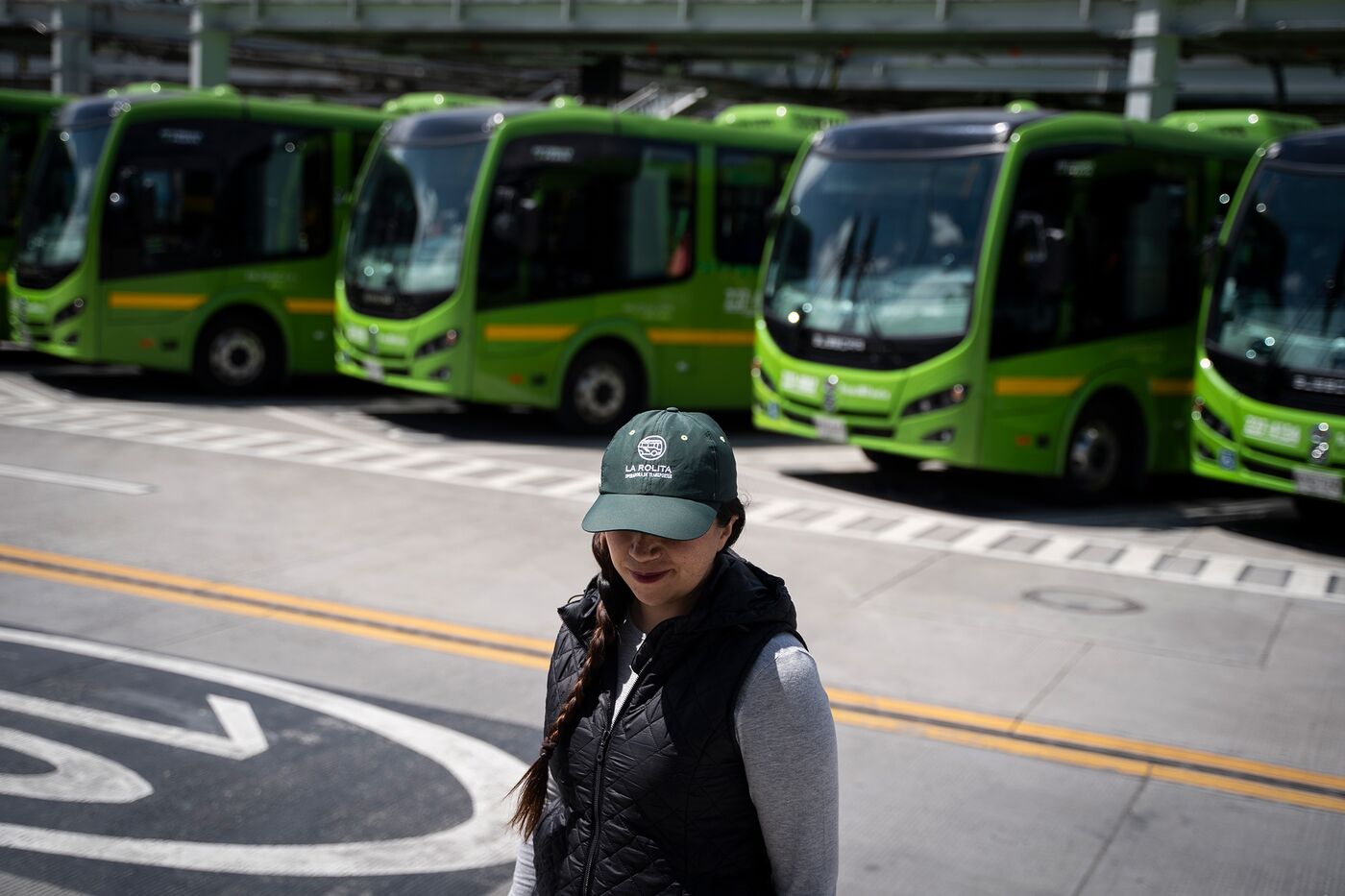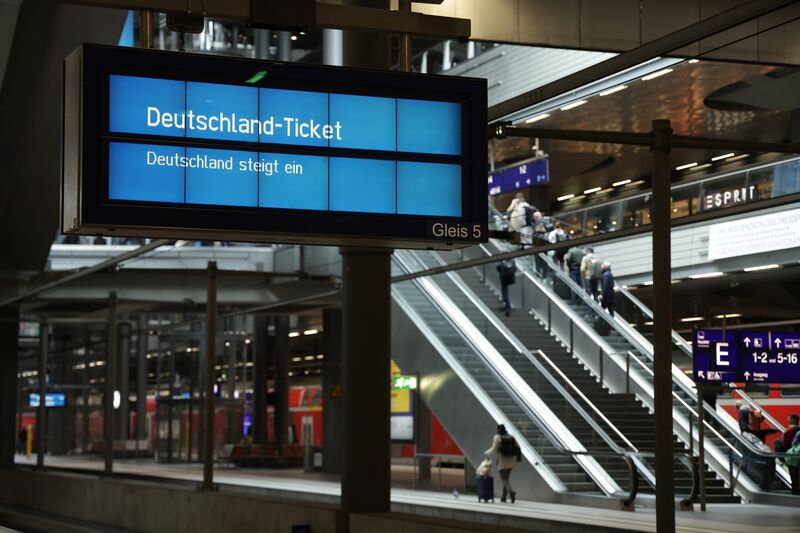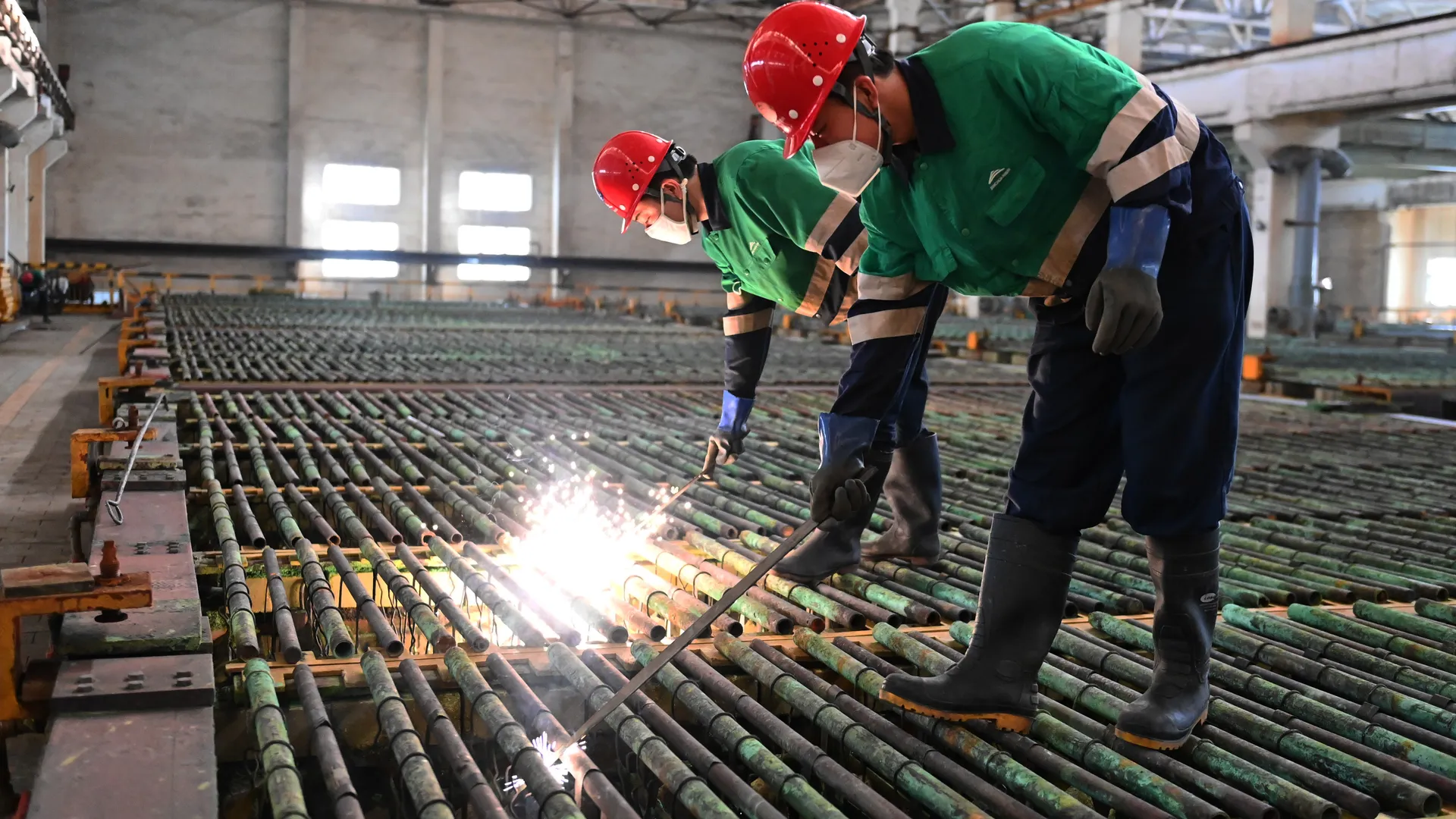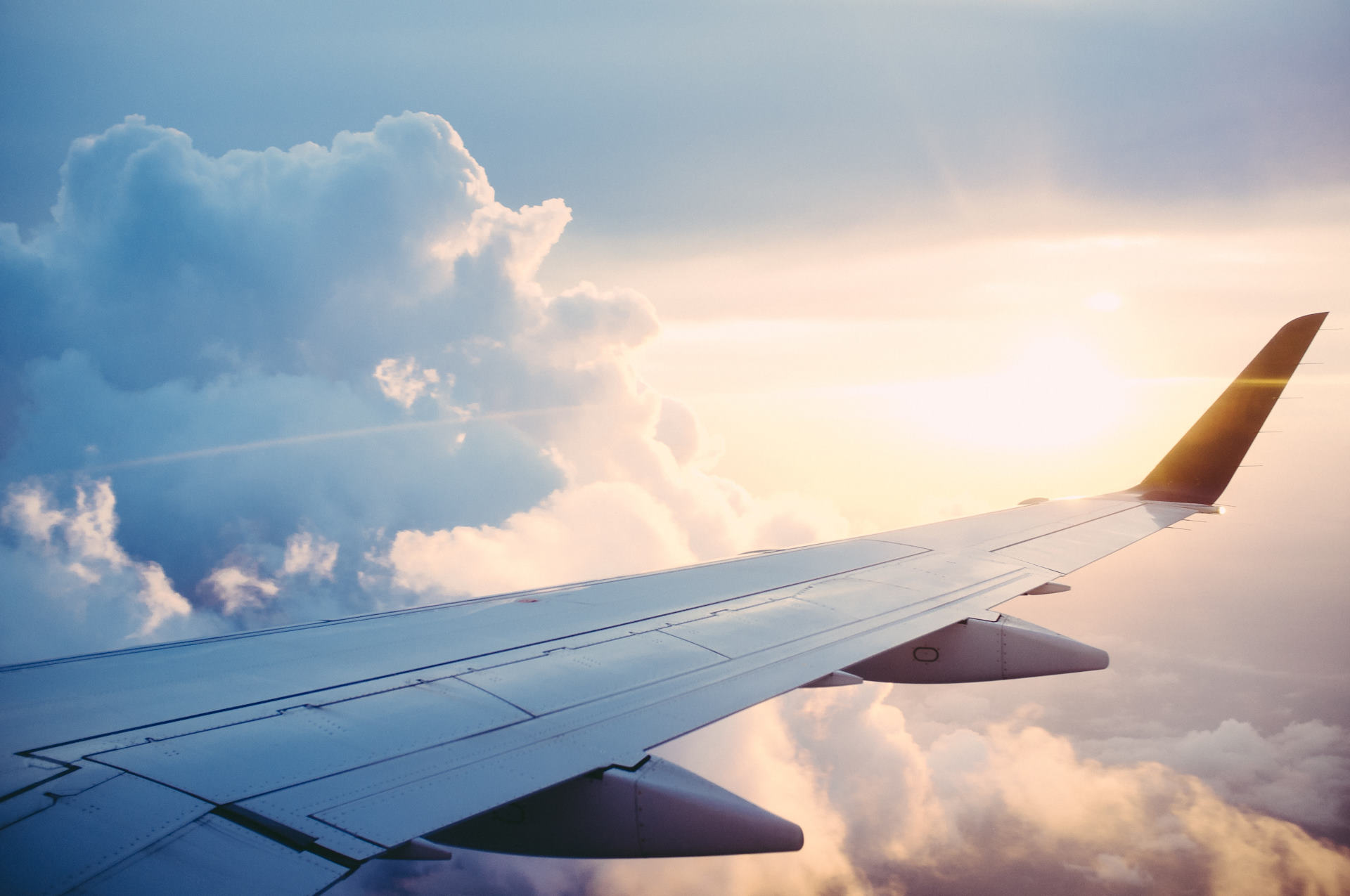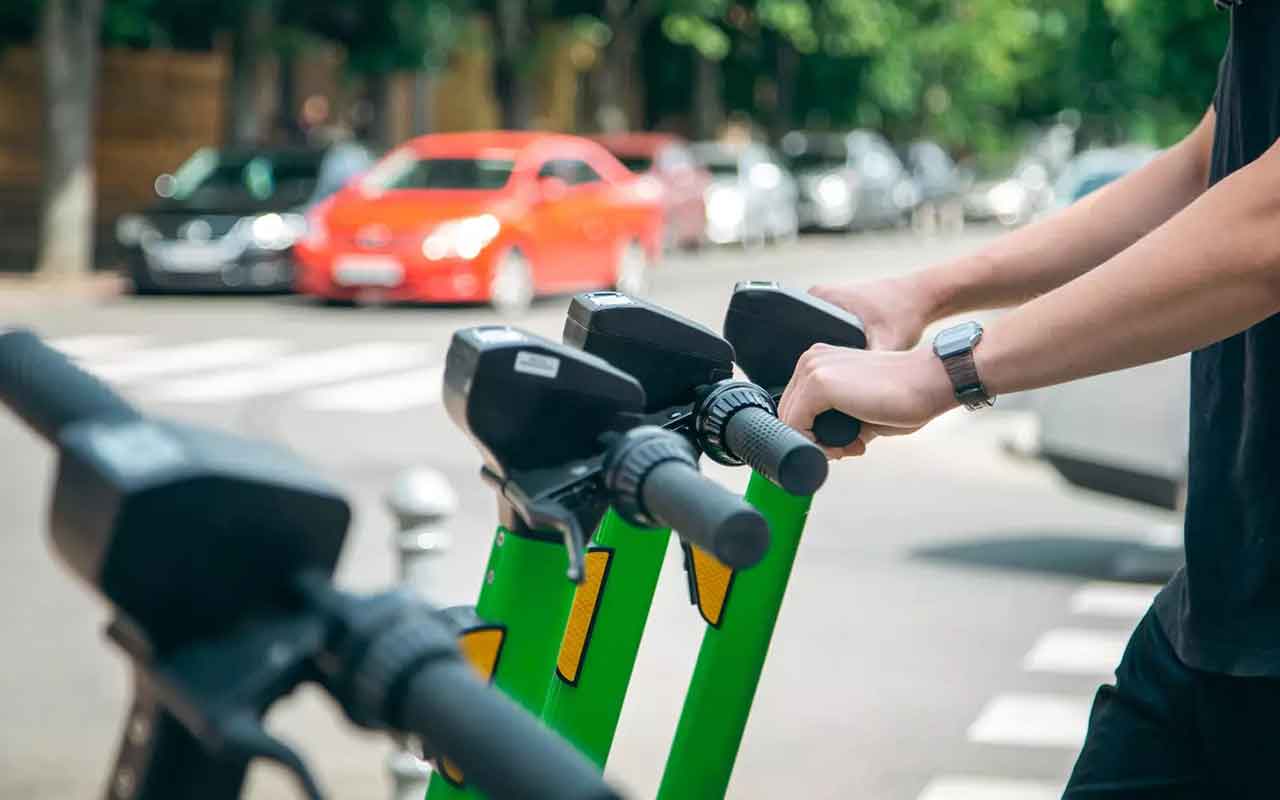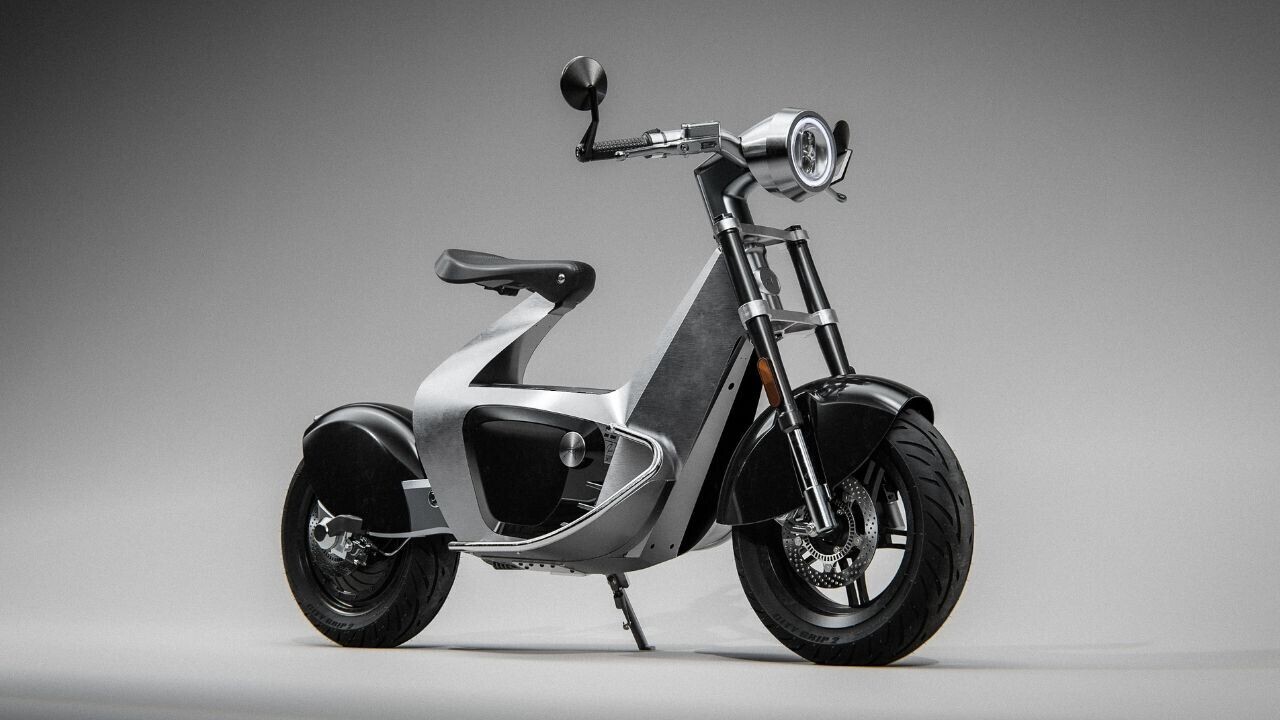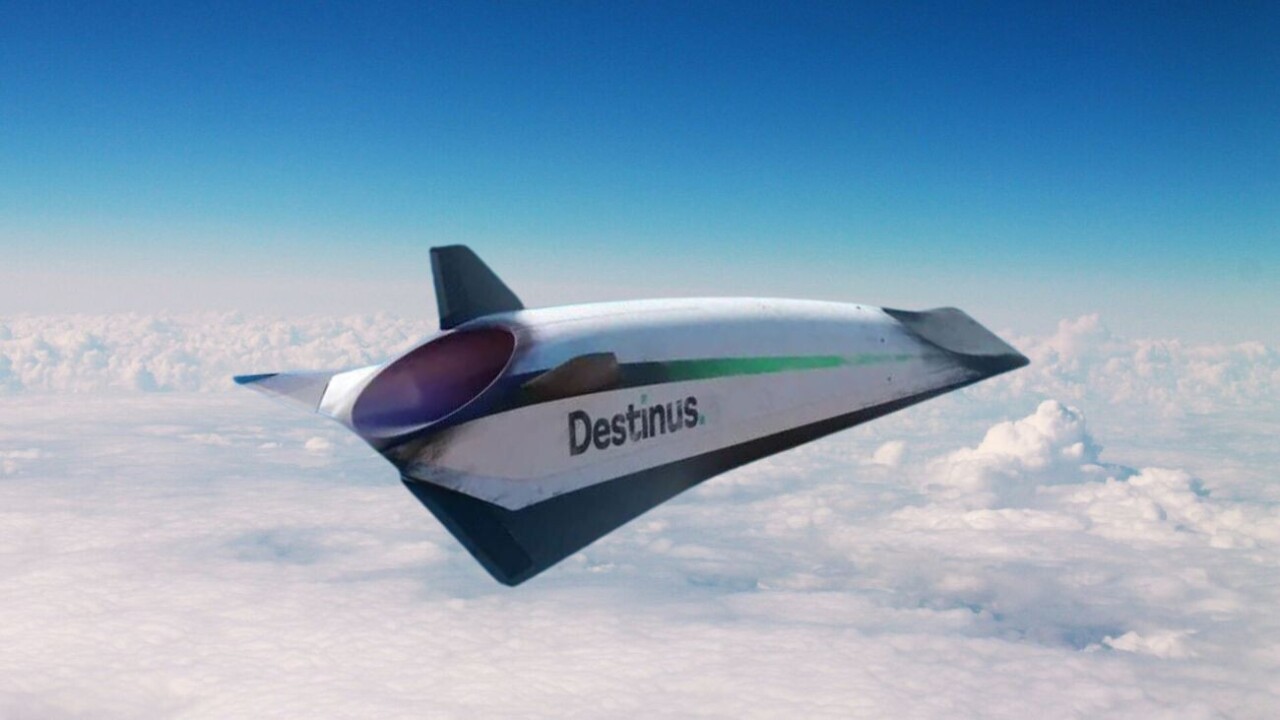Author | M. Martínez Euklidiadas
If cities really want more people to cycle, what do they need to do? All the success stories and scientific literature point out key aspects such as the need to build protected and connected bicycle lanes, create a network of parking spaces; and favor mixed-mode commuting, combining cycling with public transport. How can active modes of transport be promoted? How can cities be improved?
Does induced demand apply to cycling infrastructure? "Build it and they will come"
Yes. Induced demand is a phenomenon whereby modal shifts are observed when an infrastructure is extended, sometimes to the detriment of others. For example, allocating one of three conventional lanes to protect it and exclusively allowing bicycles to use it tends to result in an increase of these, to the detriment of drivers (traffic evaporation).
This increase in demand is due to multiple reasons and is, therefore, not the result of a single element. However, there are two factors that are key:
- Reduced travel time compared with the initial situation. If travel times are reduced, more people will use bicycles, which is why the straightest lanes possible should be created, without zigzags.
- How predictable the new infrastructure is. When an infrastructure has very disparate travel times or unexpected obstacles (vehicles parked in the bike lane), it is used less.
However, as indicated above, these are not the only factors influencing a transfer from polluting modes (car, motorbike) to active modes (walking, cycling).
What elements does a cycling network need in order to be chosen instead of other modes?
For mass cycling to be achieved, as in the city of Paris in recent years, or in Amsterdam, three factors must come together:
- Parking for bikes with systems such as inverted U-stands that allow bikes to be attached, if possible next to cycle lanes and in key locations. For example, all schools, hospitals, police stations, sports facilities, libraries, etc. should have parking areas for bikes at the entrance. And it would be even better if these were located closer than conventional car parks for motorized vehicles because the aim is to provide advantages for cyclists.
 There are dozens of parking spaces for bicycles in front of the Academy of Fine Arts Vienna | CC0 License)
There are dozens of parking spaces for bicycles in front of the Academy of Fine Arts Vienna | CC0 License)
- Lanes are protected from dangerous traffic (motorbikes, cars, vans, buses), which means motorized vehicles cannot physically access them. For example, because there are bollards preventing access. Separated bike lanes are protected lanes that do not run alongside conventional roads and they are even safer. This is one of the most important points; both safety and perceived safety (and the risk and the perceived risk) or stress levels improve when cars cannot access the bicycle lane.
 Tactical urbanism in Paris: a road is pacified by adding a bi-directional protected bike lane. | CC0
Tactical urbanism in Paris: a road is pacified by adding a bi-directional protected bike lane. | CC0
- Connected lanes. There is no point having an infrastructure that makes cyclists have to pedal between traffic every few hundred meters or that forces them to use the sidewalk. Cycling networks should form a grid, as conventional lanes do.
 Map of a dense cycling infrastructure in Barcelona |Barcelona City Council
Map of a dense cycling infrastructure in Barcelona |Barcelona City Council
Connecting cycling infrastructure combined with the rest of the urban infrastructure
Another key factor for getting people to use bikes, is that the places they visit should have a direct connection with the cycling network. There is no point having a parking area for bikes in front of a public library if the nearest protected bike lane is located kilometers away. This is particularly true in terms of connecting cycling networks with the bus network, the train network, the park network, etc.
Some cities are extending the ban on private motorized vehicles in the areas surrounding these hubs, preventing traffic near schools or sports areas, with the exception of delivery or reduced mobility vehicles. This makes using bikes even more convenient for citizens rather than using their cars.
Others have divided some of their neighborhoods by creating long pedestrian lanes, such as in the Mariahilfer shopping street in Vienna; while others have sectioned the city into zones that cannot be accessed by car unless you live there, such as in Ghent.
The factor that probably causes most friction and which is unavoidable, is that space for private motorized vehicles will have to be reduced in order to conduct these urban transformations.
Cover image | Babak Habibi
